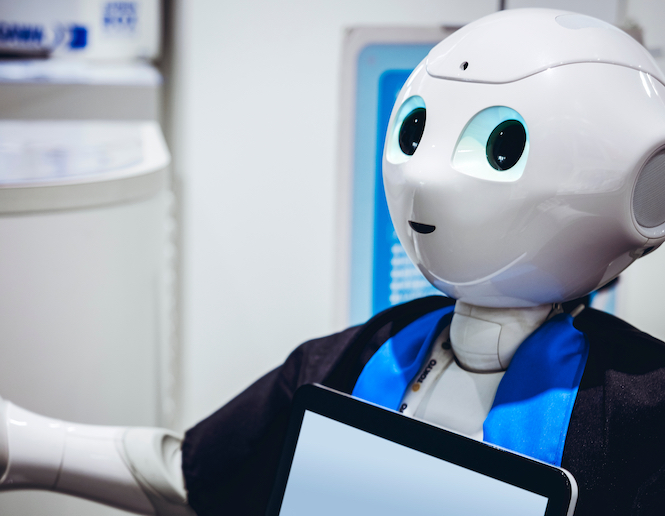Putting robots into school classrooms
Robots are no longer confined to the realms of science fiction. Today, they can be found working in factories, delivering food to our door, and assisting passengers at airports. Soon, they may even be found in school classrooms. “Robots have the potential to play a substantial role in education,” explains Mohamed Chetouani, a professor at Sorbonne University(opens in new window). “Not only can they support teachers, they can also help students develop crucial teamworking, communication, leadership, and social skills.” But before robots and students can start learning together, they first need to learn how to interact with each other – which is exactly what the EU-funded ANIMATAS(opens in new window) project set out to do. “The goal of the project was to investigate the methods and models of human-machine interaction within the education setting,” says Chetouani, who coordinated the project. To accomplish this, the project trained a new generation of early-stage researchers(opens in new window) (ESRs) coming from a range of academic backgrounds, including computer science, robotics, education and psychology. Each of the 15 ESRs, which included a significant number of female researchers, focused on a specific project within the field of human-machine interaction for education as part of their PhD thesis. “The commitment of these young researchers to promoting women in STEM subjects was remarkable,” adds Chetouani.
Embodiment, social learning and personalised adaptation
The project, which received support from the Marie Skłodowska-Curie Actions programme(opens in new window), built upon in-depth discussions with teachers and educational professionals, in-school experiments, and the organisation of visits and events. “Teachers were involved from day one, providing our researchers with valuable input at every stage, from design to interaction and exploitation,” notes Chetouani. “As a result, these initial activities laid the groundwork for our research and helped focus our individual ESRs’ projects.” According to Chetouani, those projects focused on three core themes: embodiment, social learning and personalised adaptation. “The project explored how people perceive the interplay between how robots and virtual characters look and how they behave,” he says. “We also worked to ensure robots can adapt to individual user needs – a feature that could be particularly useful in better meeting the diverse learning needs of students.” The ESRs developed new social learning mechanisms capable of dealing with different types of human interventions. These mechanisms also ensured that the robots themselves were able to learn in an unconstrained manner. “Our artificial social agents are engaged in several types of interactions with children, mainly in the form of learning activities,” remarks Chetouani. “For instance, teachers can use these mechanisms to help tutor individual students or help facilitate a group learning activity.”
Training the next generation of young researchers
When the COVID-19 pandemic hit, most classrooms went online, making it nearly impossible for researchers to conduct their planned classroom-based experiments. “We needed to design new experiments that took into account this new reality,” he adds. Despite these challenges, the ESRs succeeded at advancing the joint design, implementation and optimisation of learning activities and human-interaction mechanisms for the benefit of the children. “The training of the next generation of young researchers is, in my opinion, the most impactful outcome of the project,” concludes Chetouani. The ESRs will now use their new knowledge and skills as postdocs or as researchers in labs and companies where they will continue to advance the use of robotics in the classroom.







